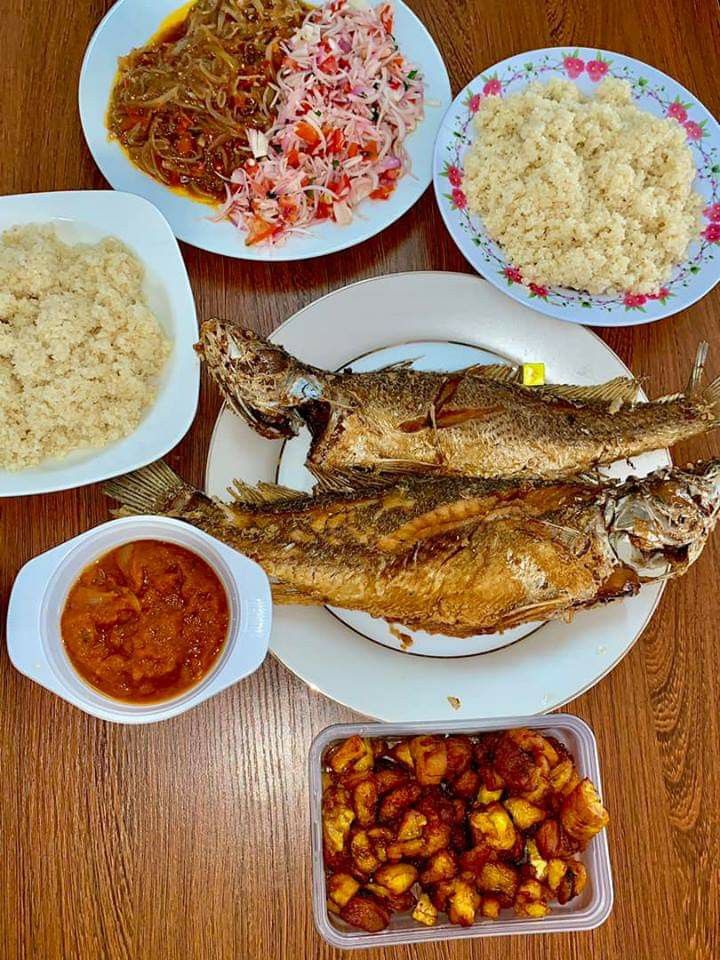As the African football fever intensifies with the kickoff of the Africa Cup of Nations (AFCON) on January 13th, 2024, fans and food enthusiasts alike are in for a treat beyond the stadiums. The cultural tapestry of Ivory Coast, also known as Côte d'Ivoire, is woven with a rich array of traditional dishes that reflect the nation's diverse flavors and culinary heritage. The culinary landscape of Côte d'Ivoire, commonly known as Ivory Coast, is deeply rooted in a diverse array of ingredients, including tubers, grains, pork, chicken, beef, seafood, fish, fresh fruits, vegetables, and an array of spices. Exhibiting striking similarities to the cuisines of neighboring West African countries like Ghana and Nigeria, Ivorian culinary traditions reflect a rich tapestry of flavors and influences. What makes Ivorian cuisine particularly captivating is its dynamic nature, shaped by the distinct culinary offerings of the various ethnic groups residing in the country. From region to region, one can encounter a delightful array of local specialties, each highlighting the unique culinary identity of the major ethnic groups that contribute to the vibrant mosaic of Ivorian gastronomy. Join us on a gastronomic journey as we explore the 10 Most Popular Ivorian Traditional Dishes to savor during the AFCON extravaganza, celebrating not only the passion for football but also the delectable tastes that define Ivory Coast's culinary prowess. Whether you're a football fanatic or a foodie at heart, get ready to indulge in a feast that extends beyond the playing field, capturing the essence of Ivorian culture.
7 Popular Ivorian Dishes
1. Attiéké
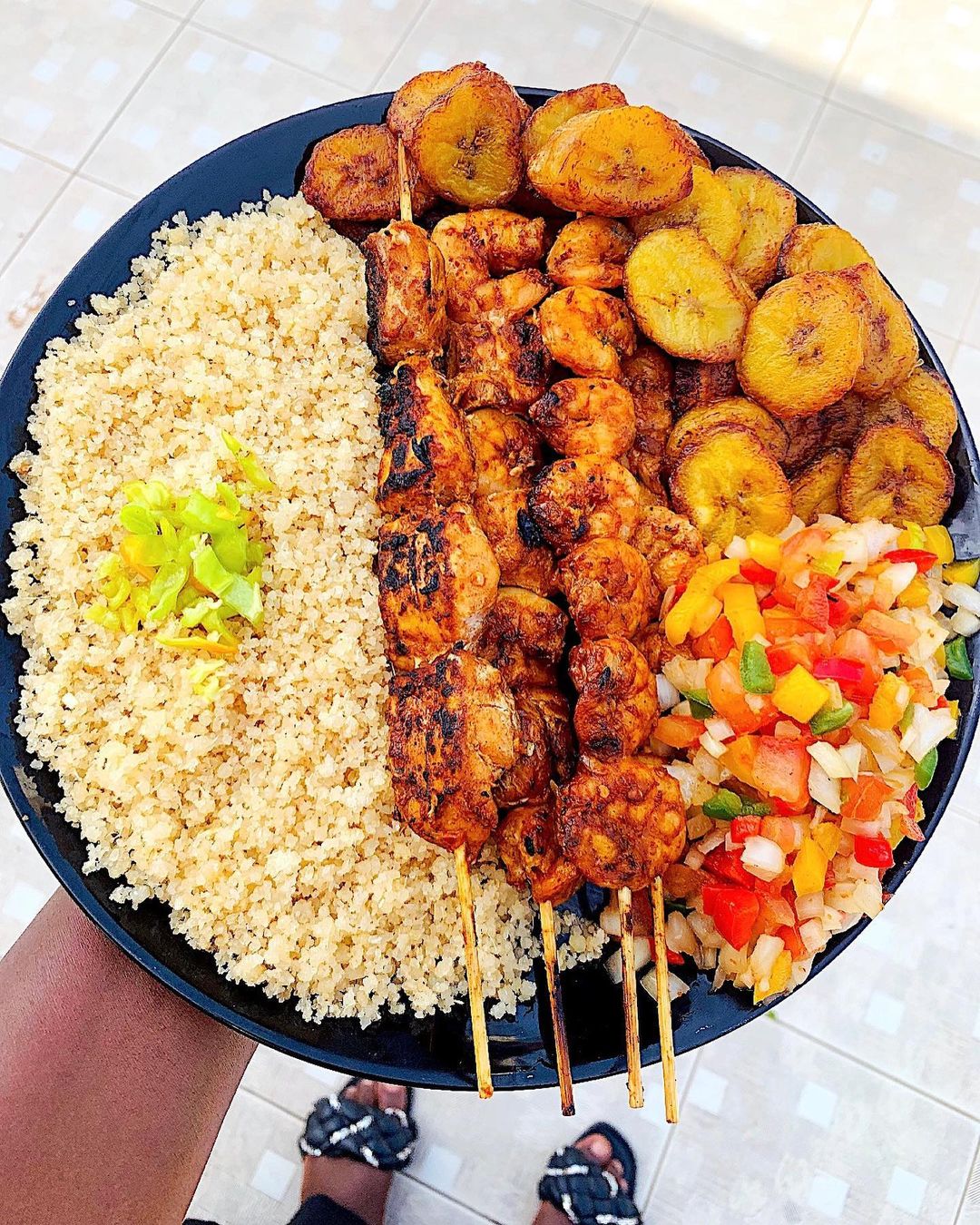
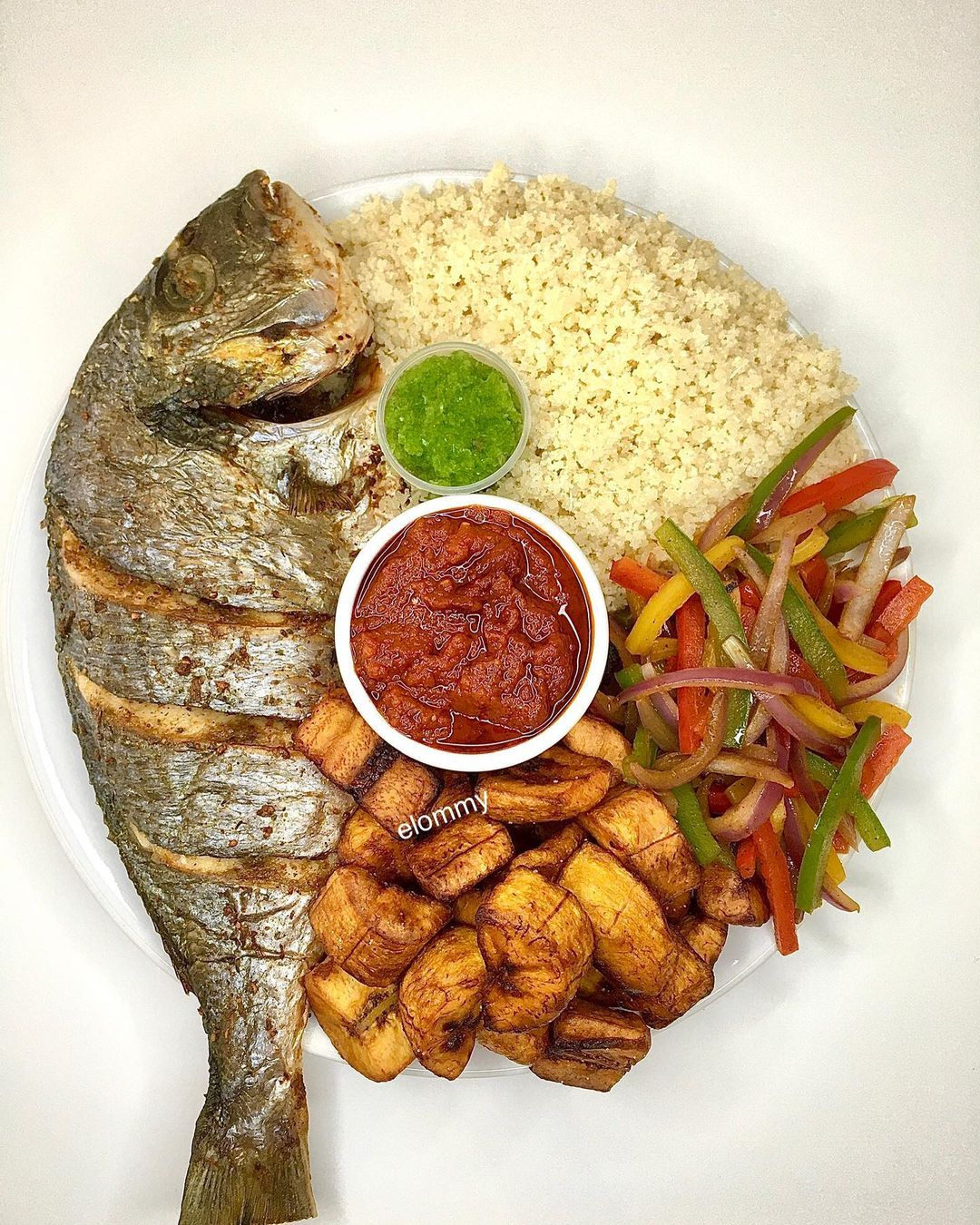
Derived from grated cassava, Attiéké emerges as a flavorful Ivorian dish, boasting a texture reminiscent of couscous. This culinary gem holds a special place in the hearts and palates of Côte d'Ivoire, particularly thriving in Abidjan. Served alongside braised fish or meat, as well as complementary elements like plantain, couscous, and cassava, Attiéké offers a symphony of tastes and textures on the plate. Over the years, this dish has evolved into various delightful forms, with notable variations such as abgodjama, attiéké petit grain, and garba attiéké, each contributing to the diverse and rich culinary tapestry of Côte d'Ivoire.
2. Garba
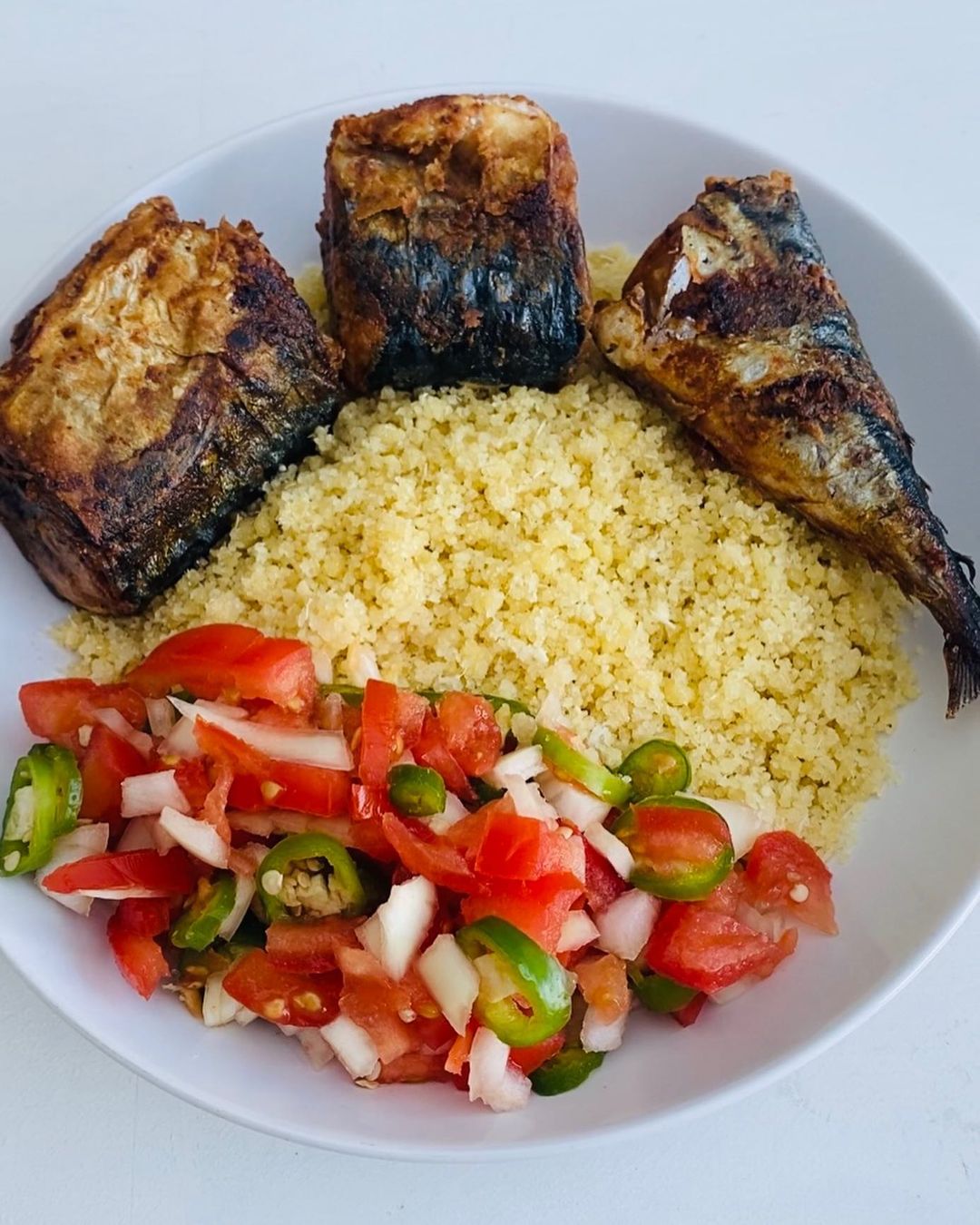

Garba, a popular Ivorian street food, presents a delightful fusion of attiéké paired with deep-fried pieces of tuna, creating a harmonious blend of flavors and textures. The dish is meticulously seasoned with a medley of ingredients, including tomatoes, chopped onions, and peppers, enriched by the savory oil derived from the fried tuna and the carefully selected seasoning. Originating in the 1990s, Garba, named after a Nigerian innovator, emerged from the creative idea of combining attiéké with red tuna. The dish pays homage to its creator, Garba, and its humble beginnings trace back to sales in university halls of residence. Its affordability and consistent appeal quickly propelled Garba to culinary stardom. In present times, Garba is often presented wrapped in a banana leaf, adding a touch of tradition to its presentation. Its widespread popularity makes Garba a versatile and ubiquitous choice enjoyed at any time of the day across various locales.
3. Peanut Butter Stew
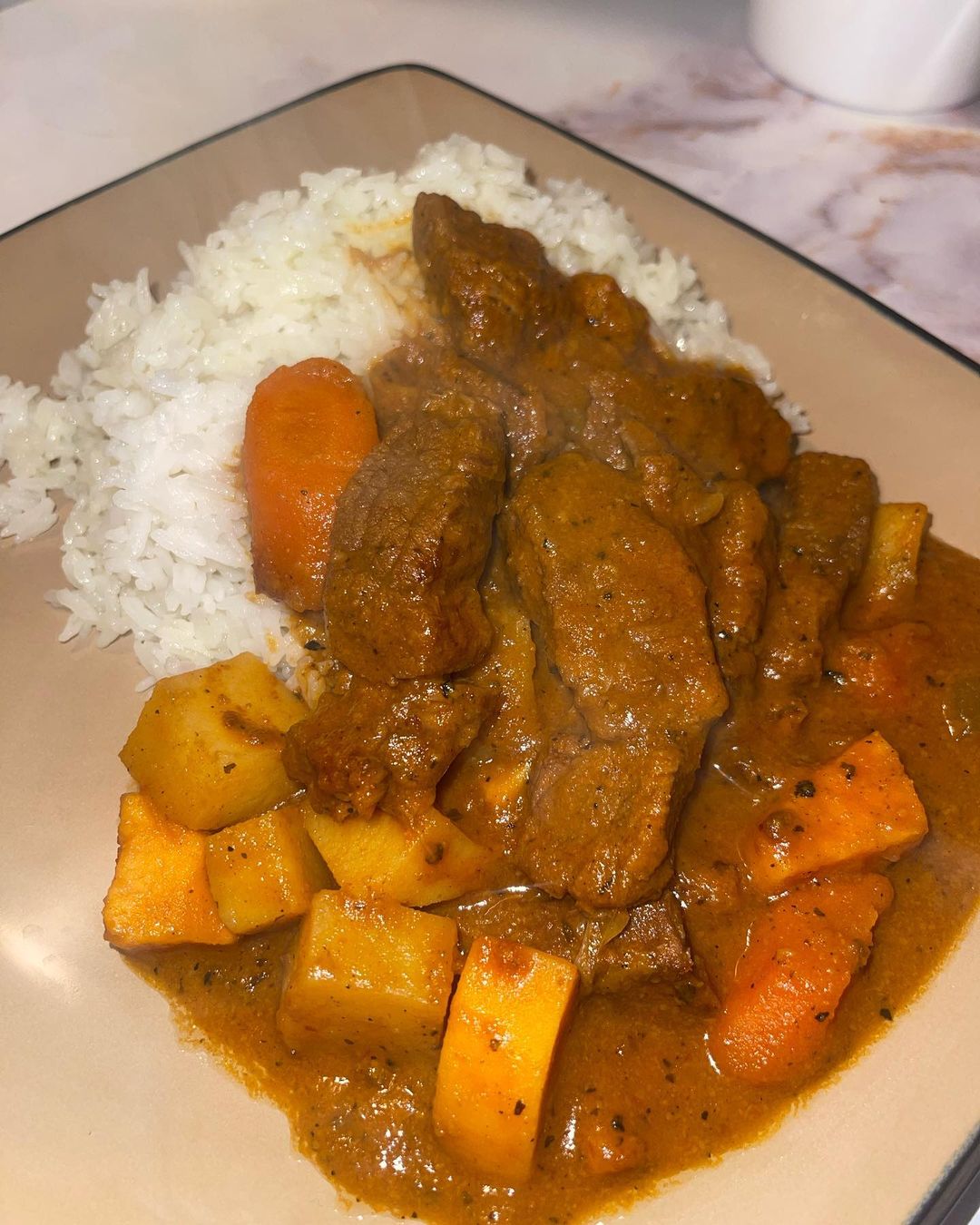

Mafé sauce, more commonly recognized as peanut butter stew, is a flavorful concoction crafted from a blend of meats like chicken, lamb, or beef, combined with tomatoes, onions, peanuts, garlic, cabbage, and assorted leaf or root vegetables. Typically served alongside white rice or fufu, this dish traces its origins to Mali, where it is also known as domodah. The versatility of peanut butter stew is highlighted by the multitude of variations incorporating ingredients such as okra, corn, carrots, cinnamon, hot peppers, paprika, black pepper, turmeric, cumin, and various spices. Evolving beyond its Malian roots, peanut butter stew has become a culinary delight enjoyed widely across West Africa, including countries like Cameroon, and has even found its way to the tables of enthusiasts in France.
4. Sauce Kopè
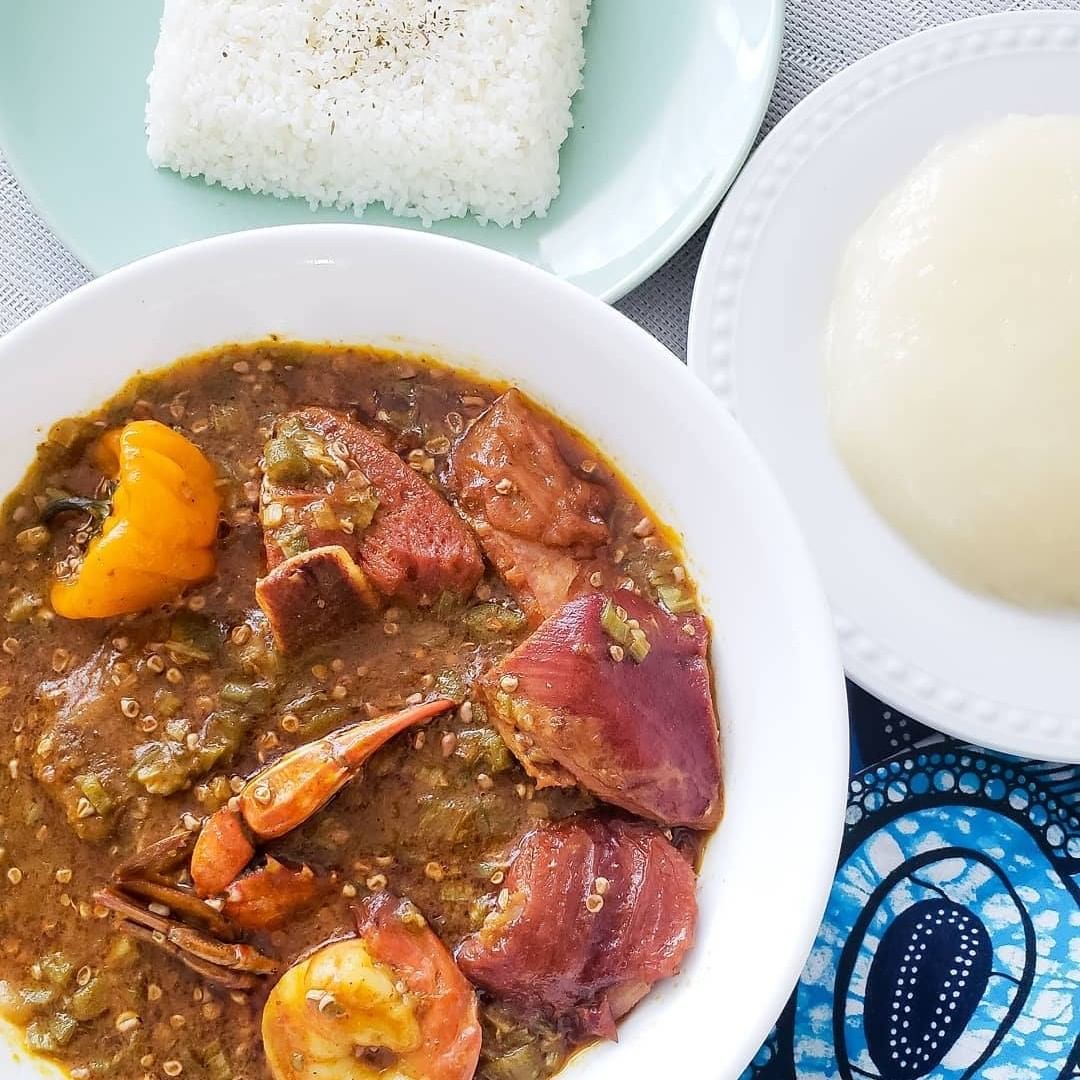
5. Kedjenou
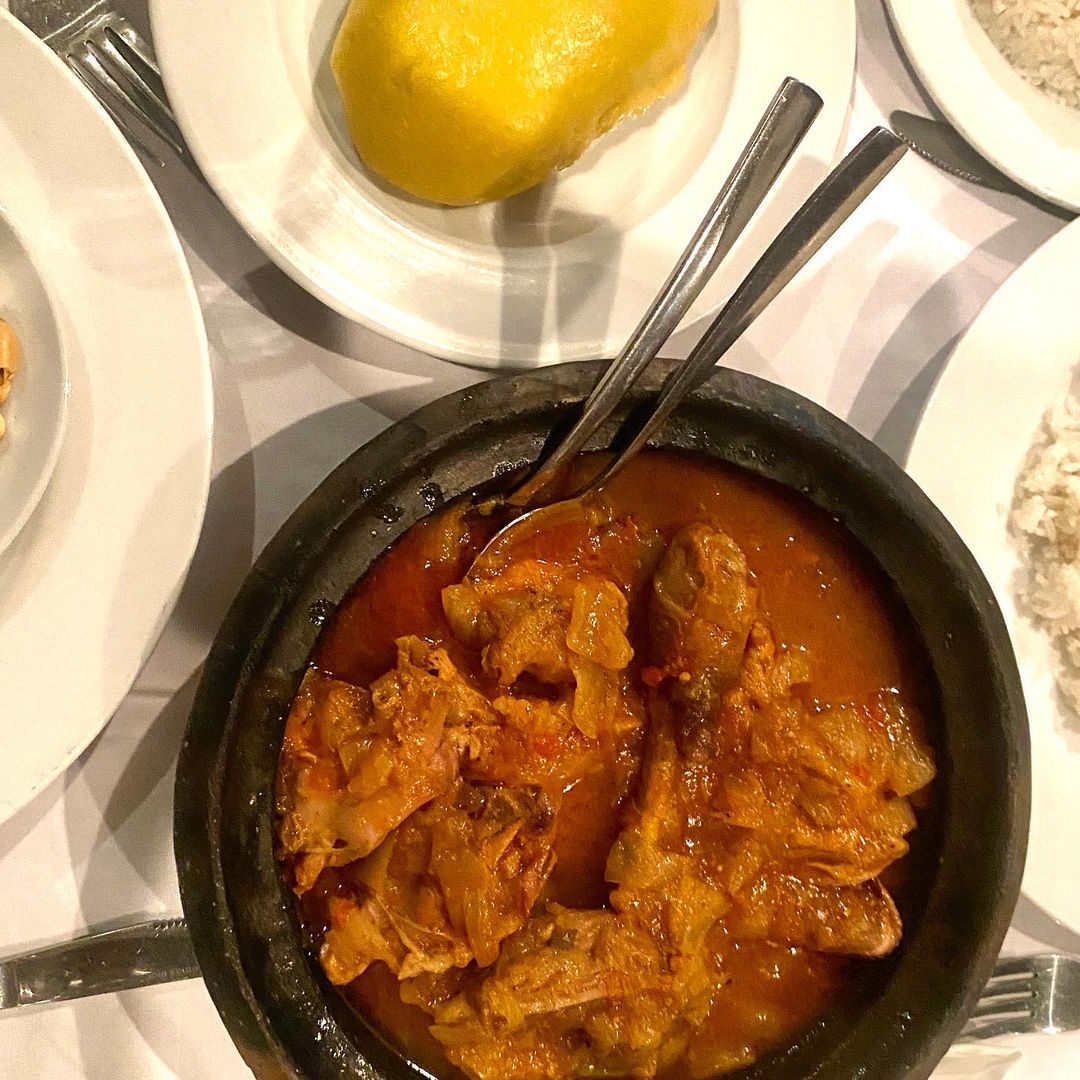
Kedjenou, a culinary gem hailing from the heart of Ivory Coast, is a meticulously crafted dish involving the slow-cooking of chicken and vegetables in a traditional clay pot known as a canari. What sets this dish apart is its unique preparation method—sans the addition of water or oil. The succulent amalgamation of chicken and vegetables releases their own natural juices and fats during the slow-cooking process, resulting in a rich and flavorful ensemble. Typically served alongside rice or attiéké, Kedjenou captures the essence of Ivorian gastronomy. While its origins are rooted in the central regions of the country, the preparation techniques can vary from household to household. For instance, the Baoulé, an ethnic group situated in the center of Ivory Coast, employ banana leaves to cover the canari during the cooking process, adding their own distinctive touch to this cherished traditional dish.
6. Foutou
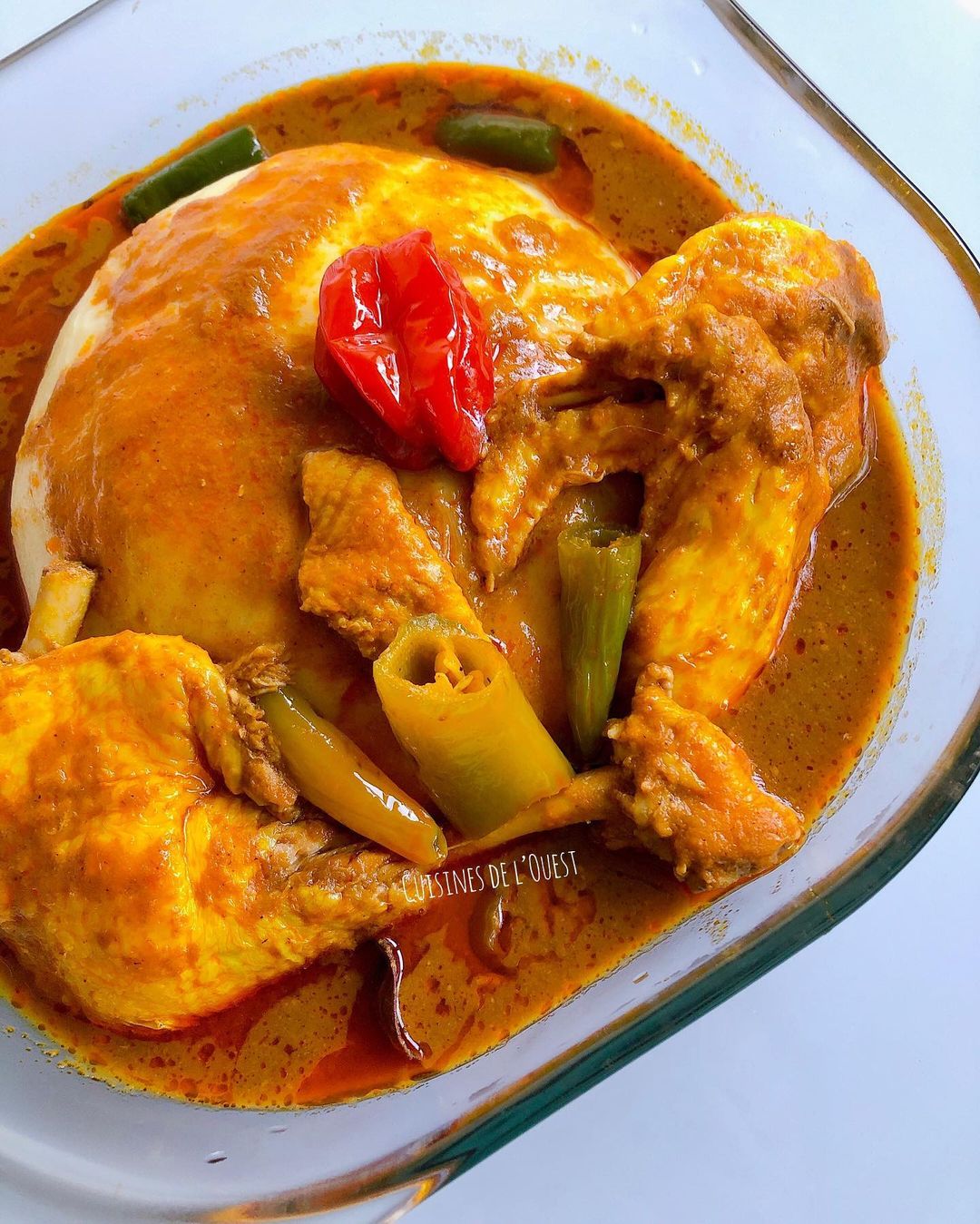
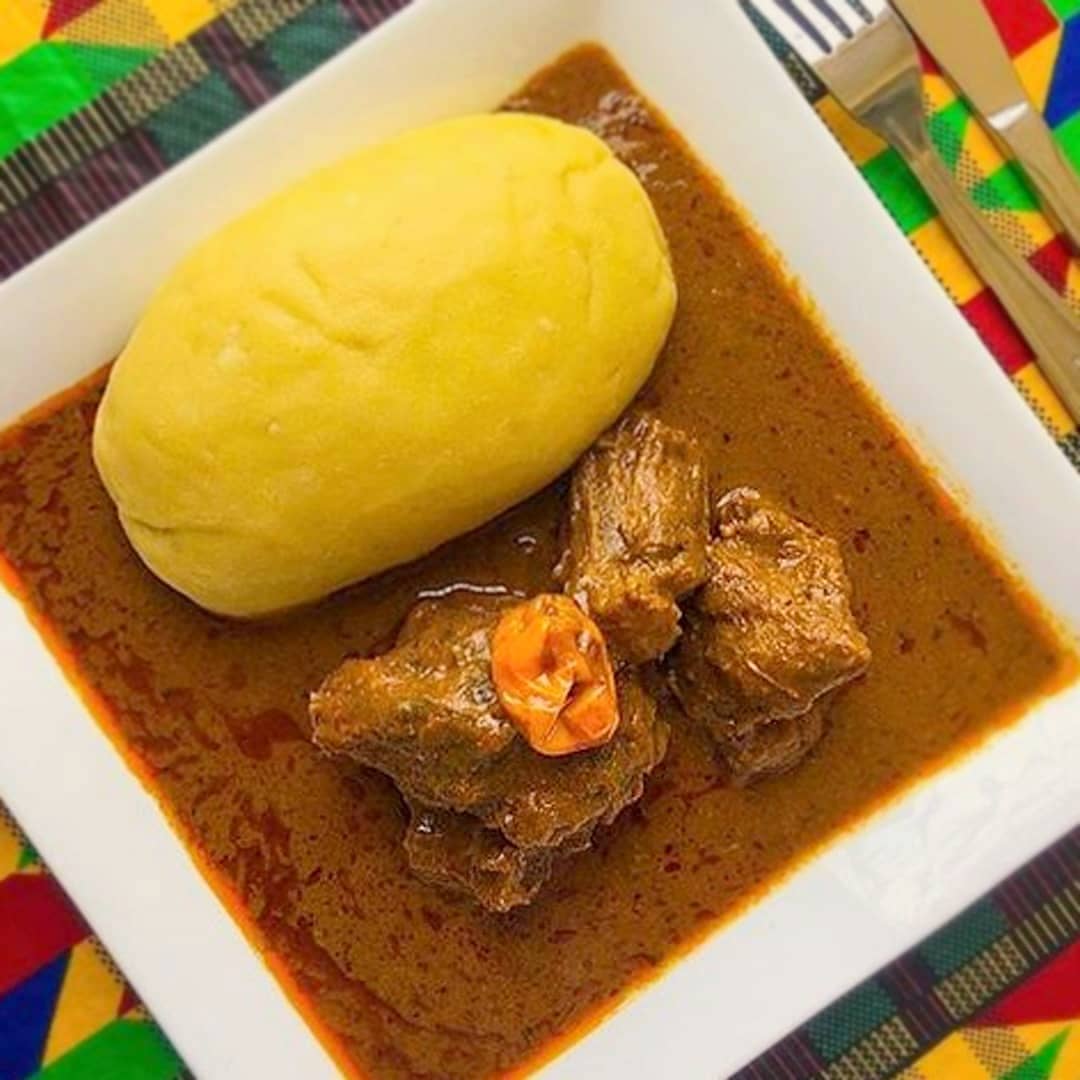
Foutou, a hearty delicacy, is crafted from boiled and pounded plantains or yams, renowned for their sweet flavor and nutritional richness. This thick and substantial paste serves as a perfect companion to various stews, creating a harmonious blend of textures and tastes. Best enjoyed in the traditional Ivorian manner, Foutou reaches its pinnacle when savored by hand, much like Attiéké. Simply break off a piece with your fingers and immerse it in the flavorful sauce, relishing the tactile connection to this authentic Ivorian culinary experience.
7. Biékosseu
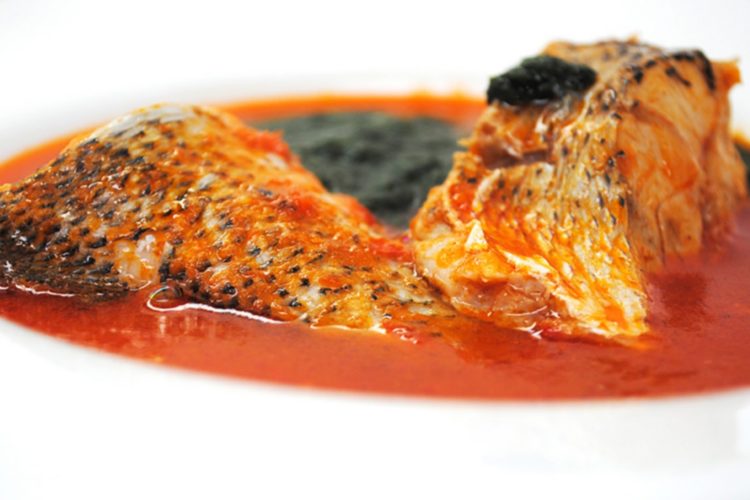
Biékosseu, translating to chili sauce, stands as a quintessential dish from the Akan culture, specifically originating from the Attié community. In rural villages, the traditional preparation involves solely red chili, savored alongside Foutou and complemented by the delightful addition of dry Mangni fish or succulent snails. This culinary gem has undergone an evolution, and a variation known as N’Sêsseu has emerged, featuring eggplant as a key ingredient. When Ivorians indulge in this fiery delight, the intense flavors are said to evoke an emotional response, making them "cry all the tears of the body." Such is the power and passion encapsulated in the vibrant tapestry of Ivorian cuisine.
8. Kplé Ba

Hailing from the western region of the Ivory Coast, kplé stands out as a typical sauce with a distinctive twist! Kplé baha, a delightful creation made from Irvingia gabonensis seeds, takes center stage, offering a unique culinary experience. Traditionally served alongside cassava Foutou, this dish unveils its versatility with variations that include pairing it with ripe banana Foutou or rice. Dried beans harvested from the pods of towering wild trees transform into kaklous, also known as sioko, becoming key ingredients in sauces, particularly featured in Beté and Baoule recipes. Across different regions, this culinary marvel goes by various names, such as Kplé ba in the west and Kaklou for the Akans or Mandé, showcasing the diverse culinary tapestry of the Ivory Coast.
9. Akpessi
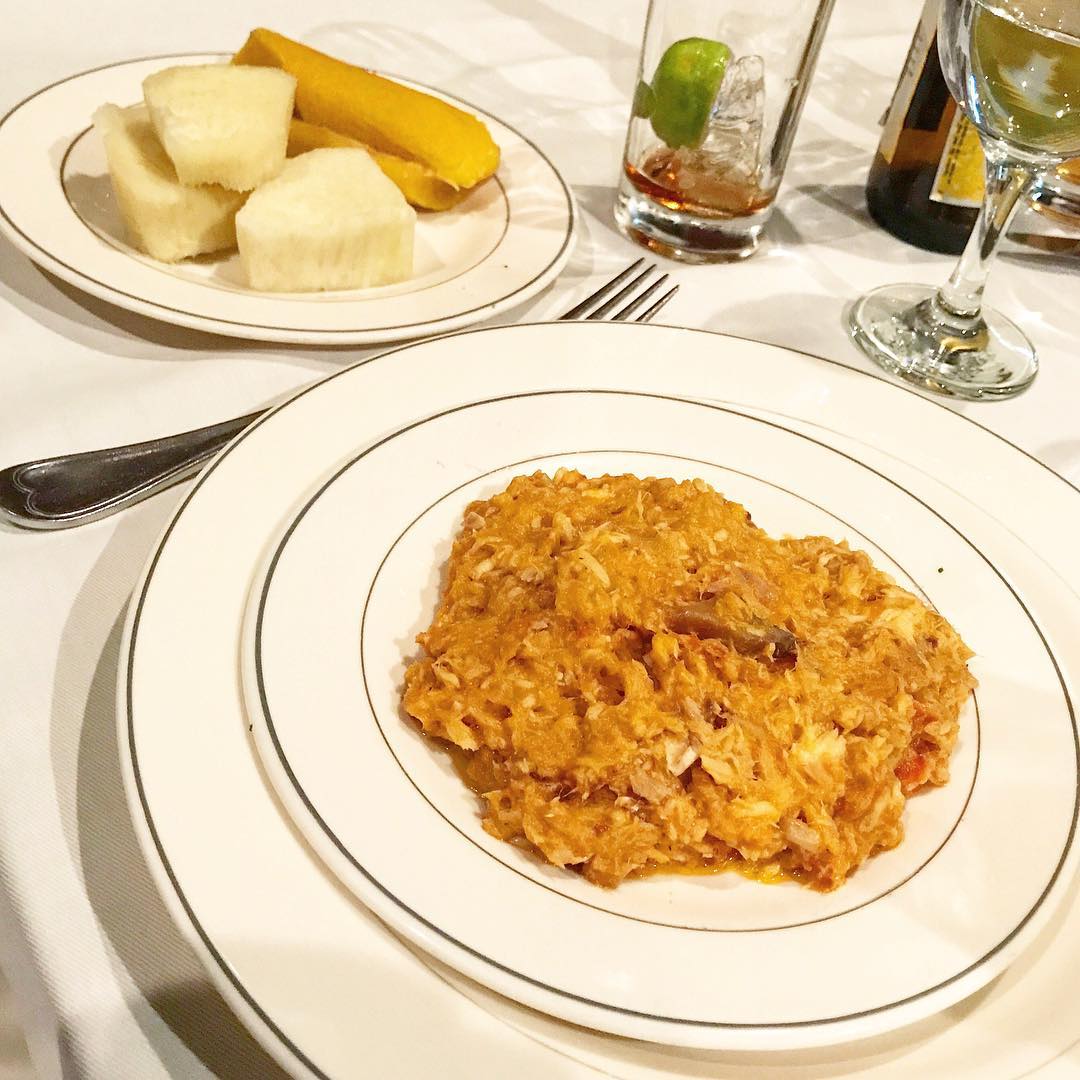

10. Ivorian Snacks (Alloco & Claclo)

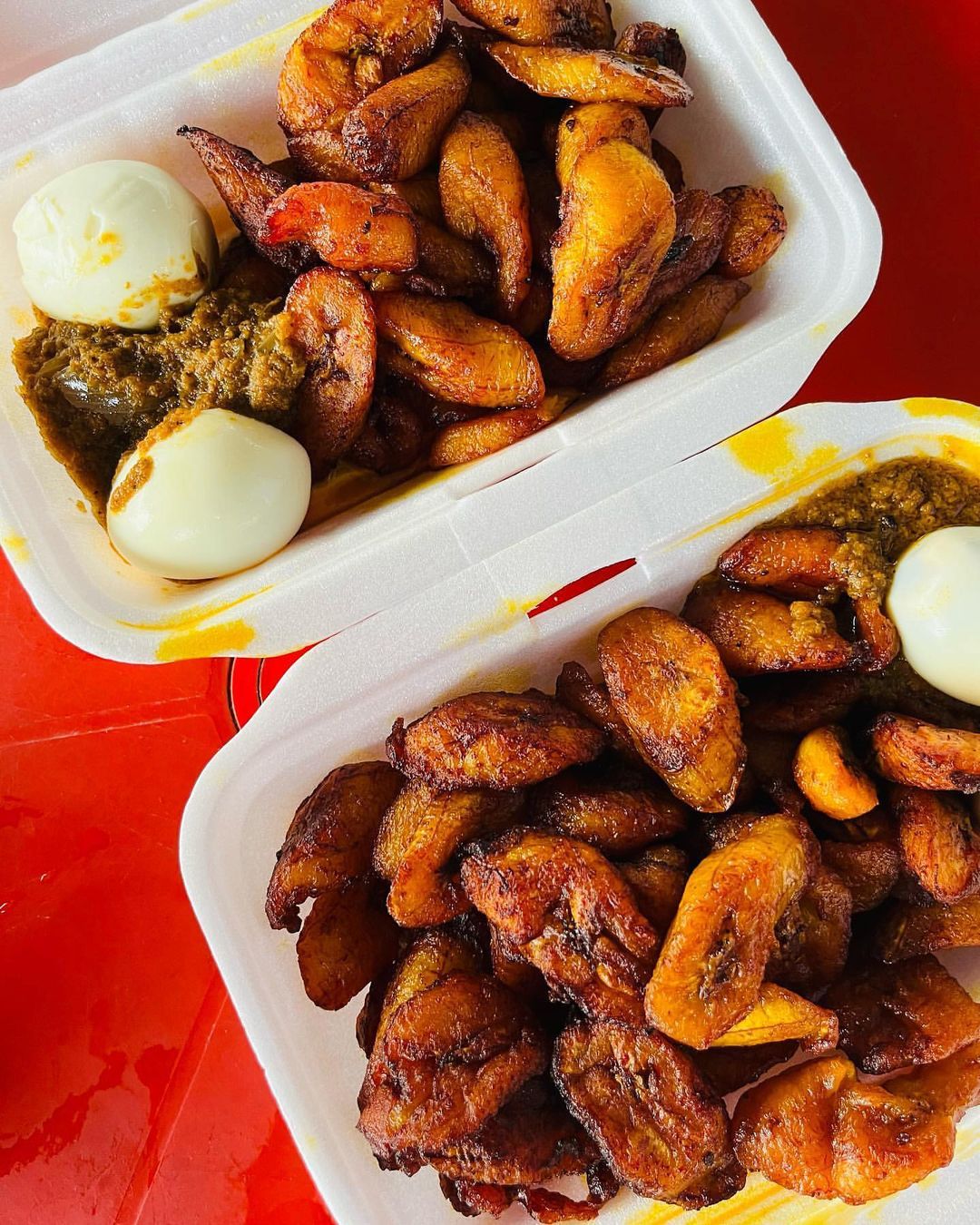
A ubiquitous street-stall delicacy, Alloco features ripe plantain slices, fried to perfection in palm oil, and seasoned with a zesty sauce of onions and chili. This delectable treat stands out as a snack on its own, and it's frequently paired with a hard-boiled egg and a complementary side dish. Another mouthwatering option is Claclo, crafted from mashed ripe plantains. Alloco's widespread popularity resonates among both locals and visitors, making it a must-try dish that encapsulates the vibrant flavors of the region.
Wrapping Up,
In wrapping up our exploration of the "10 Most Popular Ivorian Traditional Dishes to Try at AFCON," we've savored a rich tapestry of flavors that truly represent the cultural essence of Côte d'Ivoire. From aromatic attiéké to hearty kedjenou, each dish tells a story of tradition, community, and the vibrant spirit of the Ivorian people. As we conclude this culinary journey, may the aromatic memories linger, and may you be inspired to explore the diverse world of Ivorian cuisine, both on and off the pitch. As the final whistle blows, let the love for these traditional dishes linger on your taste buds, creating a lasting connection between the beautiful game and the delectable flavors of Côte d'Ivoire.
Frequently Asked Questions
Can I find these dishes at AFCON venues?
Many AFCON food stalls or nearby eateries often serve popular local dishes like attiéké, Sauce Kopè, and grilled fish.
What is the best dish to try for first-timers?
Attiéké with grilled fish is a great starter dish, as it showcases classic Ivorian flavors in a balanced way.
What drinks pair well with Ivorian cuisine?
Local drinks like ginger juice, bissap (hibiscus tea), or palm wine pair perfectly with the rich flavors of Ivorian dishes.
What are some must-try traditional Ivorian dishes at AFCON?
Ivory Coast offers dishes like attiéké, aloco, foutou, and kedjenou, which are staples of the country’s rich culinary heritage.
How can I enjoy Ivorian food authentically during AFCON?
Look for local eateries or food vendors offering traditional dishes prepared fresh, and pair them with local beverages for an authentic experience.
About Dinesurf
Dinesurf is your trusted companion for discovering the best dining experiences across Africa. Our team is dedicated to analyzing thousands of online reviews and ratings from diners to curate the most comprehensive and reliable restaurant guides.
But our work doesn’t stop there. Dinesurf’s platform extends beyond Ivory Coast and covers cities and suburbs across the entire African continent. We strive to help food enthusiasts discover hidden gems, popular eateries, and new culinary adventures, no matter where they are. With Dinesurf, you can explore a wide array of restaurants that cater to all kinds of tastes, preferences, and budgets.
Our mission is to transform your dining experience by providing the insights you need to make informed decisions about where to eat. Whether you’re planning a dinner date, a family outing, or a solo gastronomical journey, Dinesurf is here to guide you every step of the way. We invite you to join us on this exciting culinary exploration and discover the diverse flavors of Africa with Dinesurf.

YOU MAY LIKE THIS
- The Best Remarkable Spanish Restaurants in South Africa

- AMAN Kitchen Bar: The Best Seafood Restaurant in South Africa

- Dulles Lagos: The Best Restaurant for a Cocktail Party

- Momo Kuro: The Best Asian Restaurant in Rosebank

- The Highline: The Best Rooftop Bar in Midrand, South Africa

- AKTI Restaurant: The Best Restaurant for Mediterranean Meals in Gauteng




